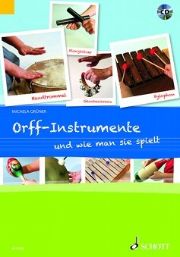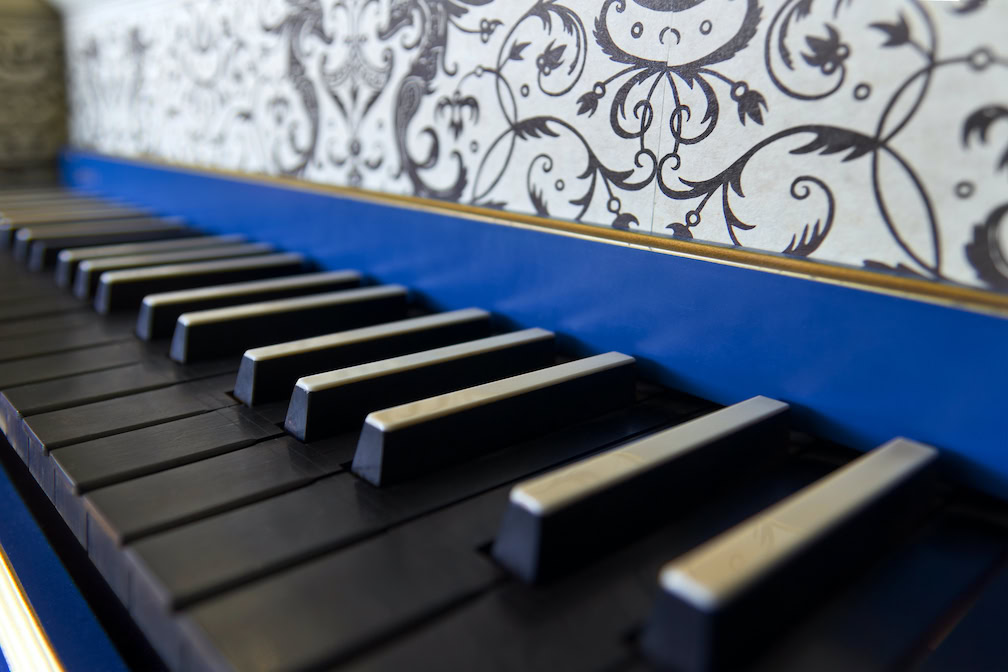Play Orff instruments - don't beat them
In her book, Micaela Grüner presents 48 percussion instruments and the correct way to play them.

"I strove to activate the student through self-music-making, i.e. through improvising and creating their own music. So I didn't want training on highly developed artistic instruments, but on rhythmically oriented and relatively easy to learn, primitive instruments close to the body." - Carl Orff (1895-1982) was a pioneer. His school work revolutionized music education and brought new approaches to teaching, far beyond the usual singing: "Elementary music is never music alone, it is connected with movement, dance and language, it is music that you have to do yourself, in which you are not involved as a listener but as a player." His companion Gunid Kneetman adds: "This unity (...) is (...) only present in children. Preserving and developing it for them is one of the main tasks that the Schulwerk work has set itself."
Orff instruments can be found in every school today. However, Carl Orff did not invent them, neither the xylophone nor the jingle bell. But he did compile the percussion instruments for his lessons, first for his female students in their training for gymnastics, music and dance, and then for use with children. And strictly speaking, the name "Orff instruments" should only be used for the mallet instruments that Orff developed in collaboration with the Munich instrument maker Karl Maendler, says author Micaela Grüner. She presents 48 different percussion instruments in her book, divided into mallet instruments (glockenspiel, xylophone), skin instruments (drums), small percussion instruments (claves, triangle, rattles) and extended Orff instruments (Latin percussion, boomwhackers). This classification is neither scientific (instruments arranged according to the sounding part) nor particularly practical for teaching (what you find in the classroom). But it does show the development of the instrumentarium, from the core to the extensions.
Chapter 2 clearly describes and illustrates handling and playing techniques. This is good, because percussion instruments have a problem: you hit them instead of playing them. They are just as sensitive to sound as a piano or violin. Where on the skin must the hand strike to make the drum sound fullest? Which beat elicits the loudest sound, which the driest? And how do you hold a kabassa correctly, how do you hold a guiro? And how do you make music with it? Chapter 4, "Playing with Orff instruments", contains rhythm lines and whole movements that demonstrate the variety of sounds percussion instruments can make. And many practical teaching ideas for playing are presented. Orientation listening in space, forming sound chains, weather games and graphic notation, drum conversations, setting texts and stories to music. All these suggestions are well described - in words, pictures and sound - and easy to implement. Particularly interesting: the sound examples on the CD with compositions by Orff himself!
Micaela Grüner: Orff instruments - and how to play them, A handbook for young, old, small and big hands, ED 21039, 128 p., with CD, € 24.95, Schott, Mainz 2011








